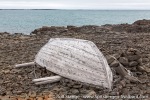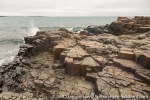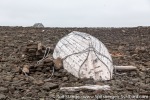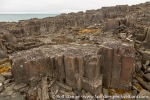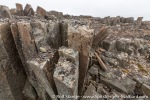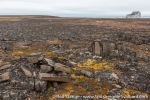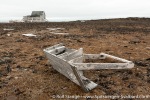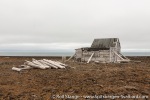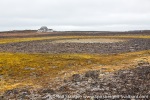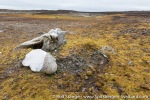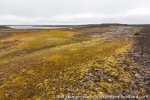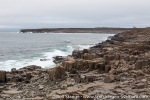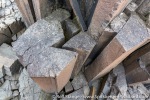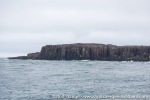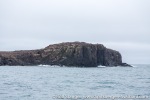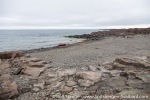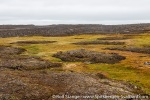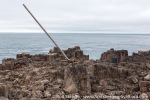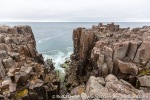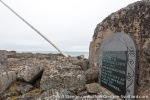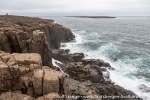-
current
recommendations- Liefdefjord
New page dedicated to one of Spitsbergen's most beautiful fjords. Background information and many photos.

- New Spitsbergen guidebook
The new edition of my Spitsbergen guidebook is out and available now!

- Liefdefjord
New page dedicated to one of Spitsbergen's most beautiful fjords. Background information and many photos.
Seitenstruktur
-
Spitsbergen-News
- Select Month
- April 2024
- March 2024
- February 2024
- January 2024
- December 2023
- November 2023
- October 2023
- September 2023
- August 2023
- July 2023
- June 2023
- May 2023
- April 2023
- March 2023
- February 2023
- January 2023
- December 2022
- November 2022
- October 2022
- September 2022
- August 2022
- July 2022
- June 2022
- May 2022
- April 2022
- March 2022
- February 2022
- January 2022
- December 2021
- November 2021
- October 2021
- September 2021
- August 2021
- July 2021
- June 2021
- May 2021
- April 2021
- March 2021
- February 2021
- January 2021
- December 2020
- November 2020
- October 2020
- September 2020
- August 2020
- July 2020
- June 2020
- May 2020
- April 2020
- March 2020
- February 2020
- January 2020
- December 2019
- November 2019
- October 2019
- September 2019
- August 2019
- July 2019
- June 2019
- May 2019
- April 2019
- March 2019
- February 2019
- January 2019
- December 2018
- November 2018
- October 2018
- September 2018
- August 2018
- July 2018
- June 2018
- May 2018
- April 2018
- March 2018
- February 2018
- January 2018
- December 2017
- November 2017
- October 2017
- September 2017
- August 2017
- July 2017
- June 2017
- May 2017
- April 2017
- March 2017
- February 2017
- January 2017
- December 2016
- November 2016
- October 2016
- September 2016
- August 2016
- July 2016
- June 2016
- May 2016
- April 2016
- March 2016
- February 2016
- January 2016
- December 2015
- November 2015
- October 2015
- September 2015
- August 2015
- July 2015
- June 2015
- May 2015
- April 2015
- March 2015
- February 2015
- January 2015
- December 2014
- November 2014
- October 2014
- September 2014
- August 2014
- July 2014
- June 2014
- May 2014
- April 2014
- March 2014
- February 2014
- January 2014
- December 2013
- November 2013
- October 2013
- September 2013
- August 2013
- July 2013
- June 2013
- May 2013
- April 2013
- March 2013
- February 2013
- January 2013
- December 2012
- November 2012
- October 2012
- September 2012
- August 2012
- July 2012
- June 2012
- May 2012
- April 2012
- March 2012
- February 2012
- January 2012
- December 2011
- November 2011
- October 2011
- September 2011
- August 2011
- May 2011
- April 2011
- March 2011
- February 2011
- January 2011
- December 2010
- November 2010
- September 2010
- August 2010
- July 2010
- June 2010
- May 2010
- April 2010
- March 2010
- February 2010
- November 2009
- October 2009
- August 2009
- July 2009
- June 2009
- May 2009
- April 2009
- March 2009
- February 2009
- January 2009
- December 2008
- November 2008
- October 2008
- August 2008
- July 2008
- June 2008
- May 2008
- April 2008
- March 2008
- February 2008
- April 2000
- Select Month
-
weather information

| THE Spitsbergen guidebook |
Ryke Yseøyane
Natural and human history of some small islands in east Svalbard
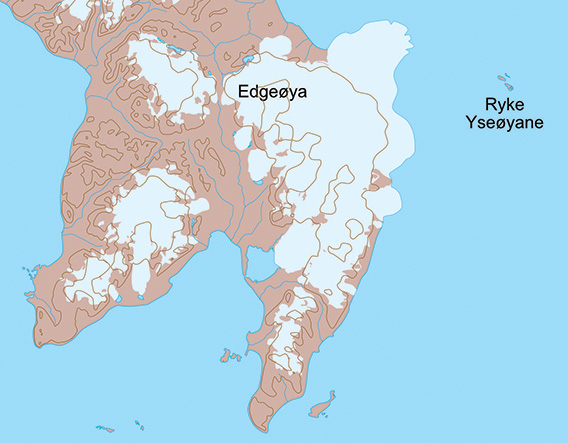
Map showing the position of Ryke Yseøyane east of Edgeøya.
General
Ryke Yseøyane are a group of three small island which, in a wider sense, belongs to Tusenøyane, at least geologically and landscape-wise. Geographically, they are further to the northeast and strictly speaking not considered to be part of Tusenøyane. They were historically rarely visited because of the difficult ice conditions and that is, to some degree, still the case today. And because, well, they are only a few of very small, very remote islands – but this is also what makes them attractive, in a way, at least if you ask me. The land area is only a few km2. Ryke Yseøyane were probably namend after a Dutch whaling Captain of the 17 century and are now part of the Southeast Svalbard Nature Reserve.
The largest island, the one with the hut (see below) is known as Heimøya (“home island”). The northwestern one is Steinøya, the northwestern one is Steinøya (“rock island” or “rocky island”) and the smallest one, the one in the northeast, Ytterøya (“outer island”).
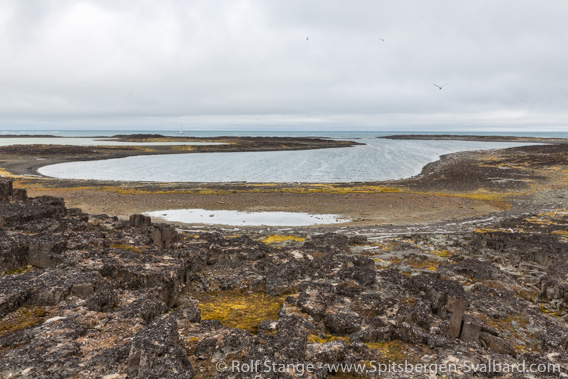
Heimøya, the largest island of Ryke Yseøyane.
There is a separate page on this website (click here) with a virtual tour of Ryke Yseøyane, giving good impressions of the general scenery and telling the story of the dramatic winterings in 1967-69 in some more detail.
For more, detailed information: the Guidebook Spitsbergen-Svalbard

Geology
The geology is virtually the same as in Tusenøyane. Ryke Yseøyane consist entirely of dolerite/diabas (an intrusive rock similar to basalt), which intruded during the upper Jurassic and Cretaceous.
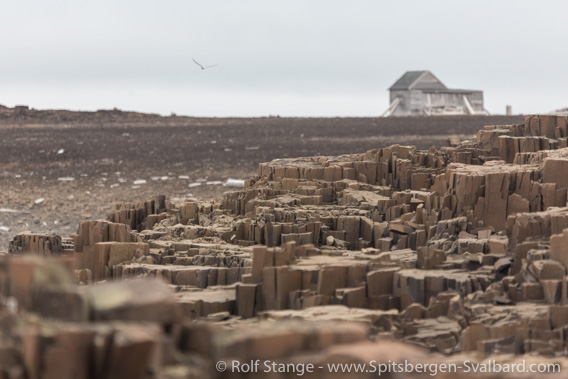
Columnar Diabas (“Basalt”) on Heimøya.
The surrounding rocks, into which they intruded, have been removed by erosion since then. This is the same story as with the islands in Hinlopen Strait or many other places in Edge- and Barentsøya and elsewhere. Other types of rock on Ryke Yseøyane only occur as erratic boulders (glacier deposits from ice age glaciers).
Landscape
Small, rocky, low-lying islands without glaciers or permanent snow-fields. There are a few small tundra lakes. Rocks and small cliffs make landings with small boats a bit tricky.
The highest elevation (24 m) is on Steinøya, which altogether appears a bit steeper, with cliffs around large parts of the coastline.
Flora and fauna
High arctic. Partly rocky and barren, whereas there is a surprisingly rich moss tundra in places. The mosses are very vulnerable – try to stay outside or to step on rocks as much as possible! There are several small sweetwater ponds, which are good breeding habitats for Red-throated divers. These are easily disturbed at their nests, please keep a good distance. Other than that, there can be geese, Common Eider ducks, Grey phalaropes etc.
Black guillemots and glaucous gulls are breeding on some of the steep cliffs.
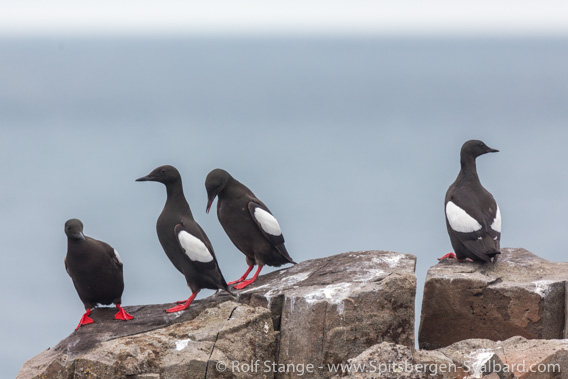
Black guillemots on Steinøya.
History
Rarely visited. Older history (whalers, Pomors, trappers, others?) is unknown. It is said that faint remains of an old hut were found near the present one.
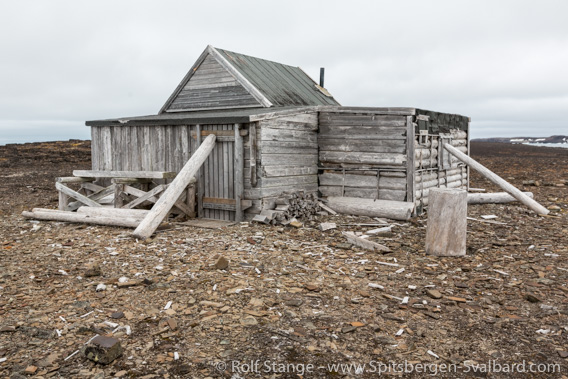
Trapper station from 1967 on Heimøya.
In 1967-69, two Norwegian trappers/adventurers wintered here during two subsequent winters. The second winter was not planned, but the ship which should pick them up, could not get through the ice. One of them, Steinar Ingebrigtsen, disappeared during the second winter. The story is that he walked out onto the ice from Steinøya and got into loose drift ice, a deadly trap.
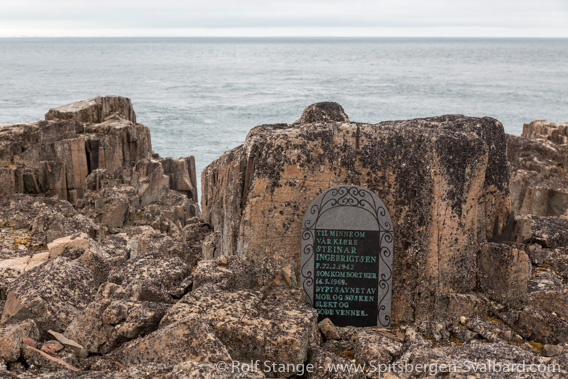
Memorial stone for Steinar Ingebrigtsen on Steinøya.
Click here for a virtual tour of Ryke Yseøyane including more details of the 1967-69 wintering.
Photo galleries Ryke Yseøyane
All images are from a visit in August 2015. I have decided to include a relatively large number because there are so few pictures of these islands available.
Photo galleries Ryke Yseøyane: Heimøya
The first galleries has photos of Heimøya, the largest of the three islands.
Ryke Yseøyane: Heimøya (gallery)
- gallery anchor link: #gallery_2160
Click on thumbnail to open an enlarged version of the specific photo.
Photo galleries Ryke Yseøyane: Steinøya
The photos of the second selection were taken on Steinøya, the northwestern island from which Steinar Ingebrigtsen went out onto the ice and disappeared in 1969. The memorial stone is on the cliff from which is he is said to have gone down (over a snow slope that is there during wintertime) and into the ice.
Ryke Yseøyane: Steinøya (gallery)
- gallery anchor link: #gallery_2163
Click on thumbnail to open an enlarged version of the specific photo.
BOOKS, CALENDAR, POSTCARDS AND MORE
This and other publishing products of the Spitsbergen publishing house in the Spitsbergen-Shop.
last modification: 2021-11-16 ·
copyright: Rolf Stange

